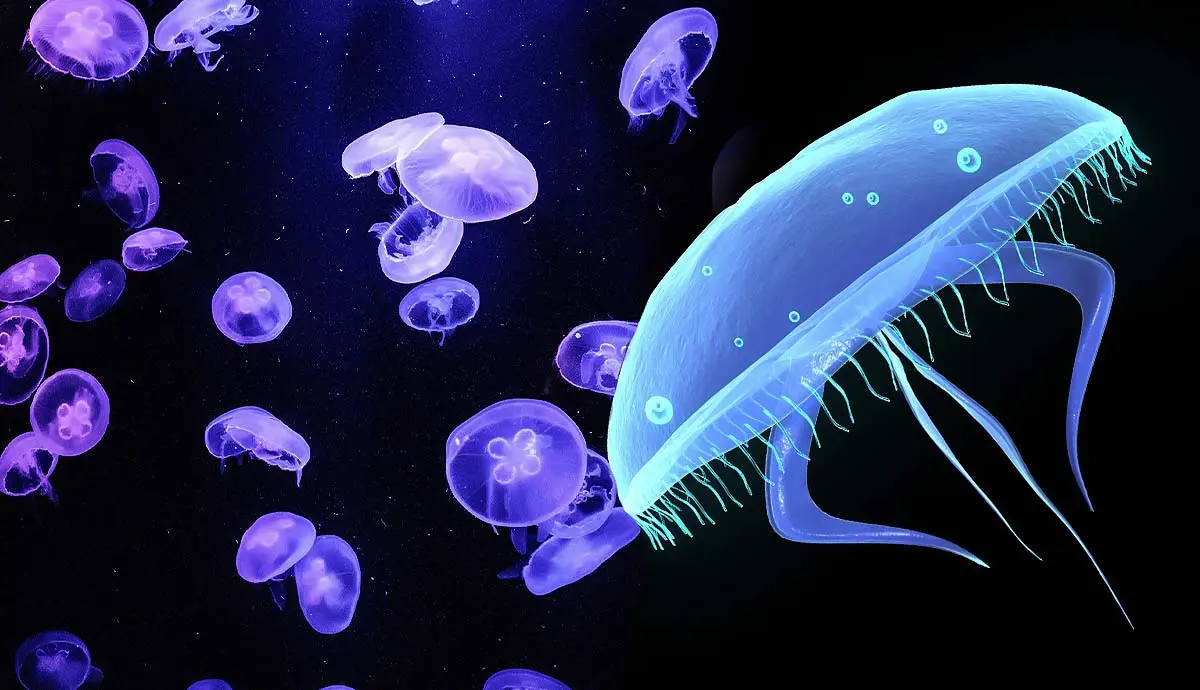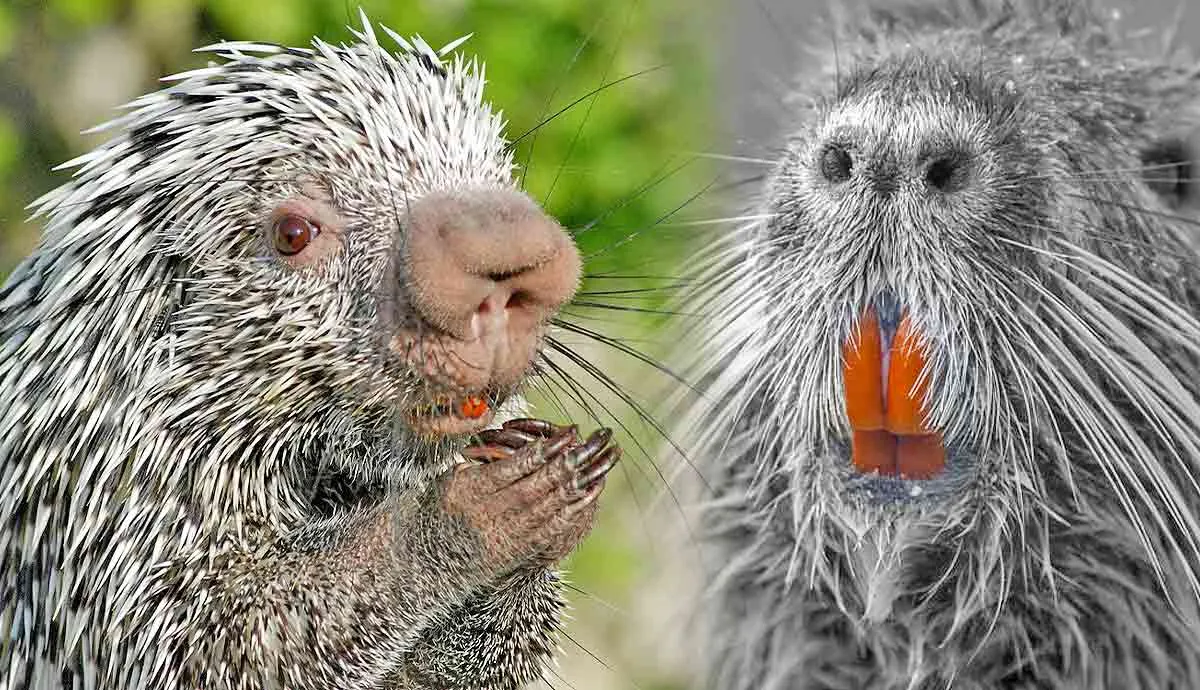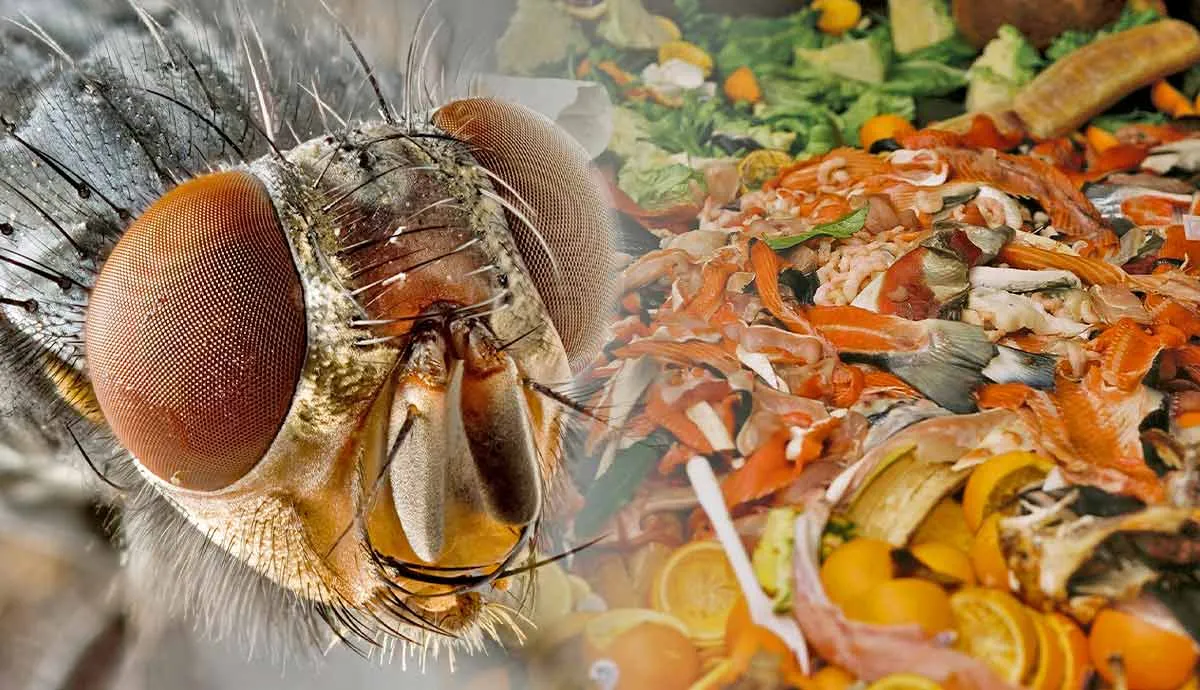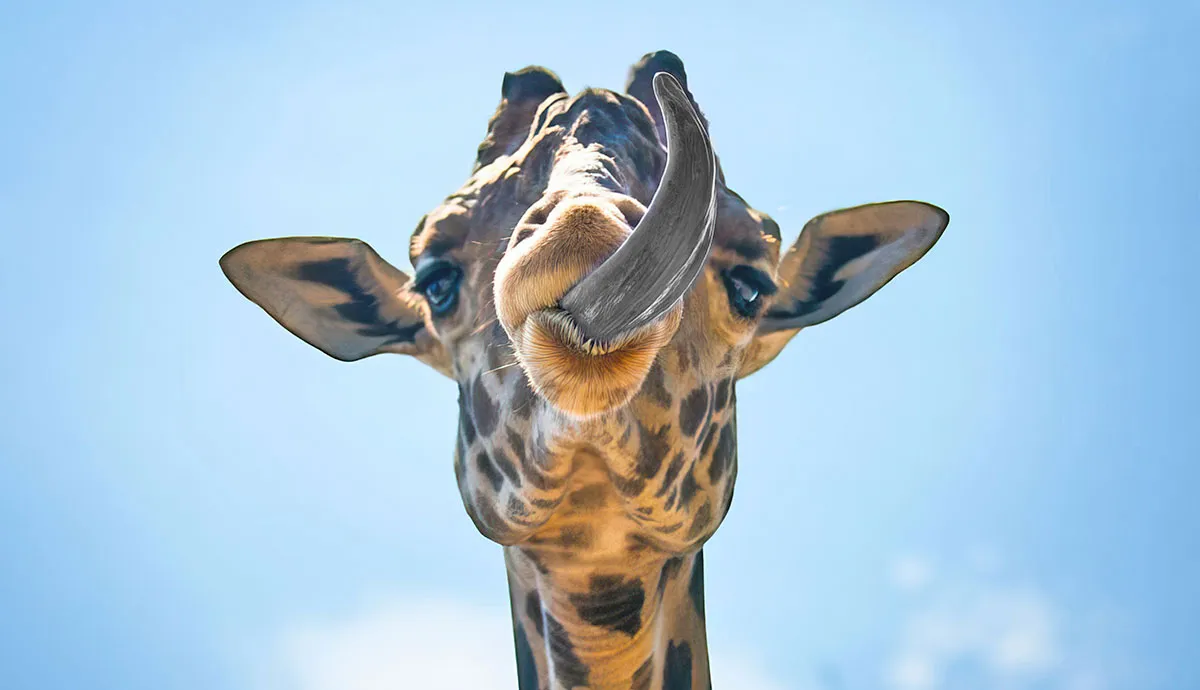A phenomenon that we’re only beginning to understand, bioluminescence, or organisms that emit light, is a fascinating part of nature. From glowing fish found in the darkest depths of the ocean to forests filled with fireflies, here’s a peek into the wonderful world of bioluminescence!
What is Bioluminescence?

Simply put, bioluminescence is the emission of light by a living organism. The scientific mechanism behind bioluminescence occurs due to a chemical reaction within the organism's cells. When luciferin, a light-emitting molecule, interacts with luciferase, an oxidative enzyme, it produces light. This fascinating natural process can occur in some of the most microscopic organisms from bacteria, fungi, and plankton, to larger invertebrates and fish.
While all bioluminescent creatures may produce light, the reasons for doing so vary amongst species. Fireflies are known for emitting a flashing light from their abdomens to attract potential mates. While certain bioluminescent marine species, like jellyfish, emit light as a defense mechanism to scare would-be predators. Some bioluminescent fish even emit light around their mouths to attract prey.
What Animals Are Bioluminescent?

There is a wide range of bioluminescent creatures found throughout the animal kingdom. The ocean is home to the largest number of species capable of producing bioluminescence. Many of which reside at depths of over 1,000 meters in near-total darkness. One study indicated that as much as 75% of deep-sea creatures have bioluminescent capabilities.
Some of the most notable bioluminescent creatures of the deep include different species of jellyfish, squid, shrimp, and anglerfish. Closer to the surface, in warm tropical waters, one species of glowing jellyfish can be found–the comb jelly.
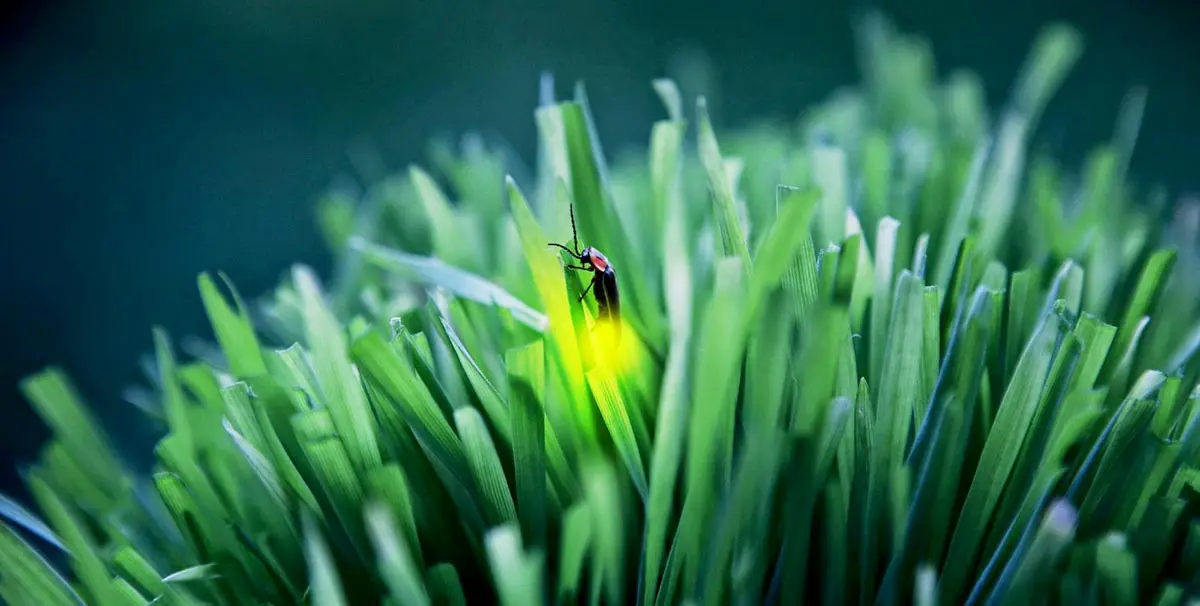
On land, bioluminescence can be found in over 2,000 species of insects of the Lampyridae family. Perhaps the most famous is the firefly (also known as the lightning bug). During the summer, swarms of fireflies can be observed at night in some wooded areas throughout the US.
Closely related to the firefly, the glowing click beetle is another notable bioluminescent bug. Also sometimes referred to as the headlight beetle, this unique bug is known for its two light-emitting “headlights” atop its head. Glowing click beetles are mostly found in the tropics and throughout some southern US states.
Glowworms are another member of the Lampyridae family of light-emitting bugs; however, they are not actually worms at all! The term glow-worm refers to the larval stage of several types of bioluminescent beetles and gnats. They can be found in caves and densely wooded forests.
What Areas Have the Most Bioluminescence?

While bioluminescence can be found throughout many different regions of the world, there are a few areas known as bioluminescent hotspots. These areas have a high concentration of bioluminescence (usually from one species) and are sought-after tourism destinations.
Puerto Rico is known for its famous glowing bio-bays. There are three distinct bays in Puerto Rico that are home to a concentration of dinoflagellates, a type of bioluminescent plankton. These microscopic organisms fill the water with an ethereal glow that becomes more intense with movement. Waves crashing along the shore, fishing darting about in the water, or the sweep of a kayak paddle all produce sparks of light.
In the US, Florida is home to its own bio-bay, the Indian River Lagoon. Like the bio-bays of Puerto Rico, the Indian River Lagoon has a high concentration of dinoflagellates. The lagoon is also home to comb jellies, a type of bioluminescent jellyfish.
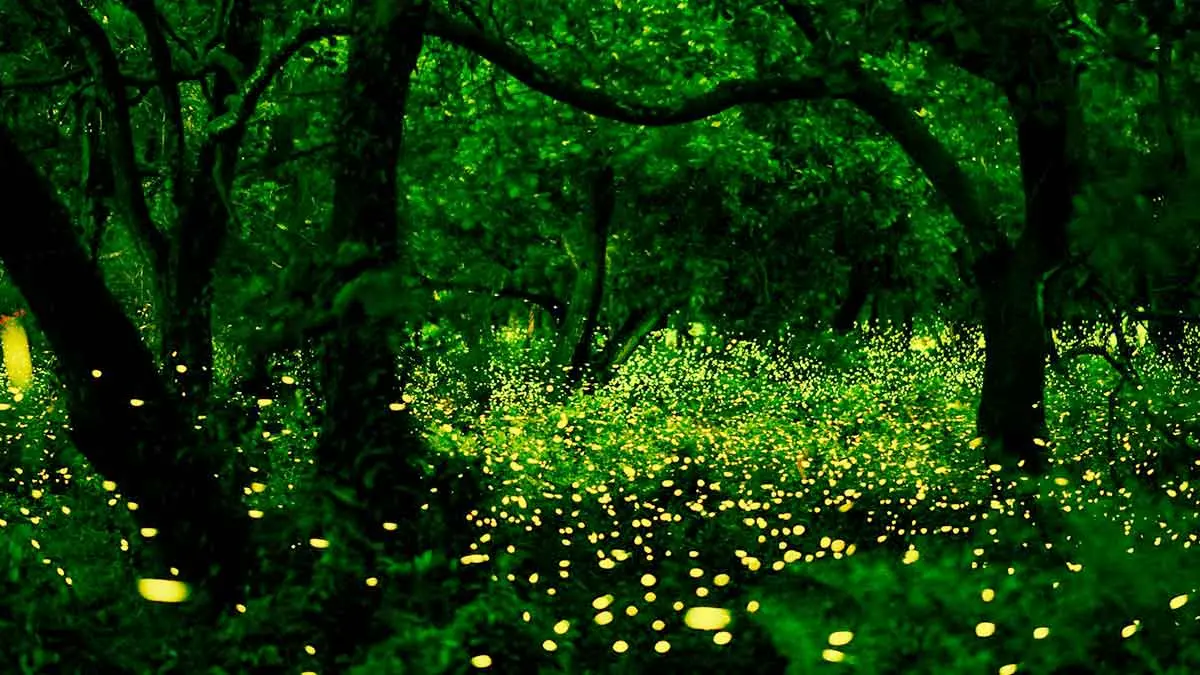
Every summer, Smoky Mountains National Park, which runs through regions of Tennessee and North Carolina, becomes another bioluminescent hotspot in the US. The park is home to a whopping 19 different species of fireflies which light up the skies at night during the summer. Swarms of fireflies can be seen putting on a brilliant light display as they perform their mating rituals. Observing these nightly firefly shows has become so popular that the National Park Service had to create a lottery system to manage the flow of people.
Large concentrations of fireflies can also be found in Thailand. The country is home to over 100 species. One of the best places to see them is on the aptly nicknamed “Firefly Island” in Bangkok. Here, conservationists work alongside locals to protect and preserve this delicate firefly habitat. Visitors can take evening boat tours along the canal to spot them.

New Zealand is home to another bioluminescent hotspot, known as the Waitomo Caves. Inside this network of vast, dark underground caves, visitors will find their path lit by the caves' most famous resident–the glowworm. Thousands of glowworms illuminate the ceilings of the caves in what most visitors describe as a “starry-night effect.” This specific species of glowworm is the larva of a type of gnat known as Arachnocampa luminosa, and it is only found in New Zealand.
Protect and Conserving Bioluminescence
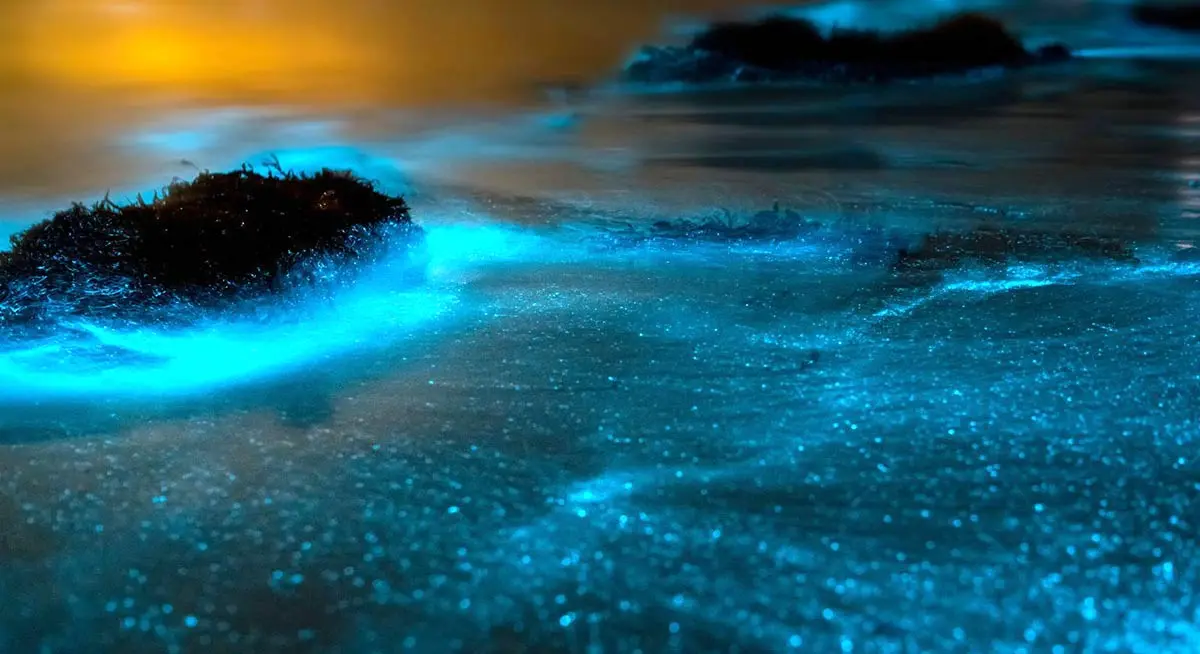
While bioluminescence is a wonder to behold, there’s a delicate balance in nature that can be disturbed by human actions. Some species of dinoflagellates responsible for lighting up bio-bays can quickly grow out of control and produce toxic algal blooms if they are “fed” by pollution. This can happen from chemical and sewage run-off, among other things.
Fireflies face many threats, from light pollution and pesticide use to habitat loss through deforestation. Many scientists and conservationists are studying bioluminescence and looking at ways to reduce our impact on this amazing natural phenomenon.
